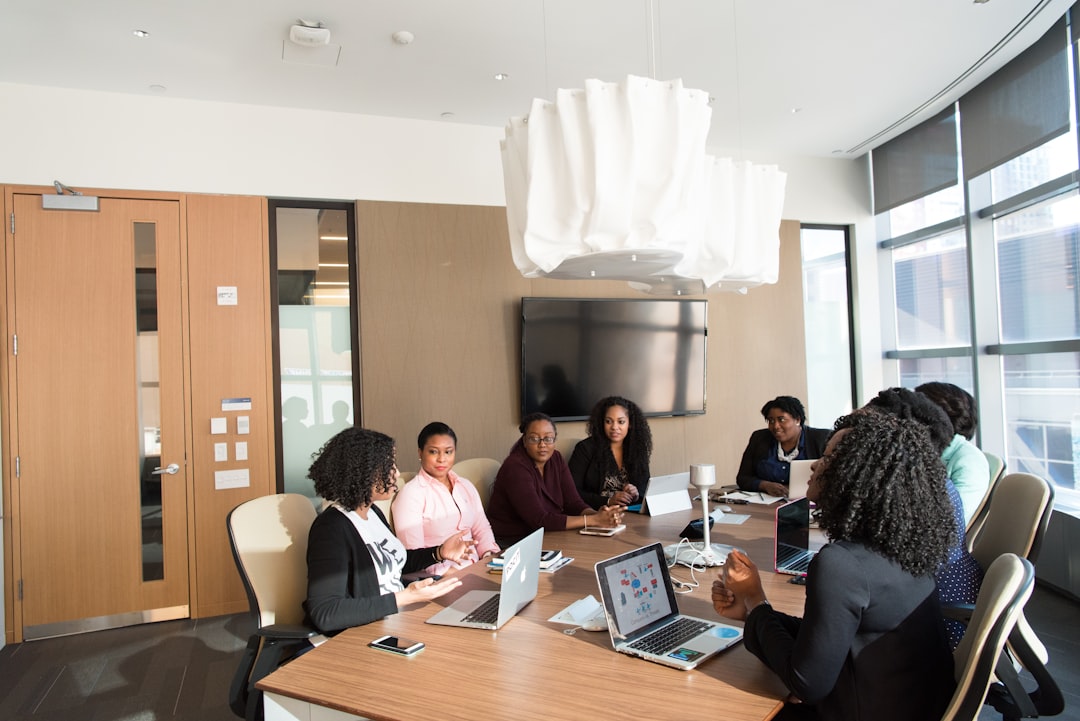MORE IMPORTANTLY, SHOULD WE?

Recently, my wife and I were catching up with another couple about life over Zoom. The topic shifted to the quarantine and the struggle of balancing working from home while parenting young kids, a struggle my wife and I are all too familiar with. They are both investment bankers and had starkly different views about working from home. The husband, who works for a smaller team, was relatively comfortable working remotely. However, his wife, who works at a large institutional shop, spoke about the challenges the younger team members are having. She said they are struggling and stressed because they do not have the mentorship, supervision, and support of one another in the same way they would in the office.

For the most part - working from home has been a success - but why?
Some of the downsides of remote work
Health & Wellness

Cushman & Wakefield recently conducted an in-depth survey about the current massive work-from-home experiment, featuring more than 40,000 respondents from 30 companies across 20 different industries. The study revealed that productivity and team collaboration went up, but human connection and socialization took a hit, which in the long run can negatively impact a company's culture. Isolation and loneliness have always been a significant challenge for many employees. It is more significant now, having to separate from colleagues and loved ones and friends. This sense of isolation takes a toll on many people's mental health, ultimately hurting their work performance.
Even before Covid, there was a general awareness of the harmful impact loneliness has on productivity, retention, and overall culture. In January 2020, Cigna released a study that suggests 62% of US workers may be lonely, and those lonely workers are less engaged, less productive, and report lower retention rates. Lonely workers are also twice as likely as non-lonely workers to call out sick and five times more likely to miss work due to stress. The additional days missed could cost employers more than $4,200 per year. At a national level, the annual cost of worker loneliness may be more than $400 billion. COVID-19 exacerbated this trend.
Aside from the fact that lockdowns impact mental health, the shutdowns also restricted people's access to health and wellness services. Many gyms remain closed or severely restricted. People stocked up on unhealthy snacks to cope. For some, employees lost access to the healthy amenities that many companies provide within their office space, such as gyms, yoga classes, meditation rooms, and healthy food options.
Ad hoc learning

Another drawback of working exclusively from home is the impact on informal learning, which is the knowledge employees gain through working day-to-day in a physical office space. For new team members, learning by observing their colleagues and leaders is critical to their career growth.
A survey of young professionals by CEMS, an alliance of business schools and corporate partners, found that 72% felt not being able to network with colleagues physically would damage their long-term careers. 68% of those surveyed said the lack of face-to-face training would significantly impact their career progression.
There is an intrinsic value in overhearing senior leaders discuss business or chatting with colleagues about their job and career. I know many people who have advanced their careers by walking into an executive's office and asking insightful questions. Unfortunately, this type of on-the-job knowledge sharing is hard to replicate remotely, which is better suited for discrete and topical conversations about a specific project than the software texture of office noise.

Integrating new team members
What is the Role of the Workplace?


My View
Right now, companies are rightfully evaluating their workplace strategy. I believe we will see many companies shed space in the short term. Candidly we already see it. However, I do predict we will see a widespread return to the workplace. The return to work will take time, and the office will look a little different than it used to. Companies will invest in space for the same reasons they did before the pandemic; talent, culture, connectivity, learning, and wellbeing. For now, getting rid of real estate is an immediate cost saver. While it is much harder to quantify culture and a sense of belonging, my view is that it is far more valuable than the cost of real estate.
